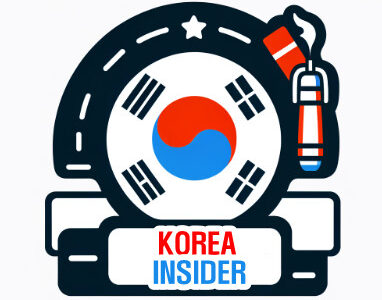Differences Between C-4-5 Visa and D-9-2 Visa for Industrial Equipment in Korea
Question: What are the similarities and differences between the C-4-5 visa and the D-9-2 visa for industrial equipment-related workers?
Answer:
C-4-5 Visa and D-9-2 Visa are both visas that allow foreigners to perform specific technical tasks or industrial equipment-related work in Korea. Here are the similarities and differences between these two visas:
Similarities:
1. Purpose:
- Both visas allow foreigners to come to Korea to perform technical services such as installation, operation, and maintenance of industrial equipment.
- They are suitable for technicians and engineers who need to work on machinery and equipment in Korea.
2. Target Audience:
- Technical Service Providers: Foreigners sent or invited by a company to install, operate, or maintain industrial equipment.
- Tasks: Both visas involve activities related to equipment installation, operation, and technical support.
3. Required Documents:
- Both visas generally require similar documents, such as a dispatch order, equipment import contract, and a copy of the inviting company’s business registration certificate.
Differences:
1. Duration of Stay:
- C-4-5 Visa: This visa is intended for short-term stays, usually allowing a stay of up to 90 days. In some cases, it may be extended up to one year, but it is primarily designed for short-term projects.
- D-9-2 Visa: This visa is for long-term stays, allowing a stay of one to two years. It is suitable for long-term projects involving installation and ongoing maintenance of equipment.
2. Purpose of Visa:
- C-4-5 Visa: This visa is mainly for short-term projects or tasks that need to be completed quickly. For example, it is used when the technician needs to install equipment and then leave shortly afterward.
- D-9-2 Visa: This visa is for long-term projects where continuous management and maintenance of the equipment are necessary. For instance, it is ideal when the technician needs to stay in Korea for an extended period to manage and maintain the equipment.
3. Visa Extension and Stay Management:
- C-4-5 Visa: Extensions are generally difficult, and after the short stay, the foreign worker must leave Korea. If additional stay is needed, they may need to switch to another visa (e.g., D-9-2) or reapply.
- D-9-2 Visa: Extensions are possible, allowing the foreign worker to stay longer in Korea to continue their work.
Conclusion:
C-4-5 Visa is ideal for short-term, specific tasks that need to be completed quickly, whereas D-9-2 Visa is better suited for long-term technical service and management roles. Selecting the appropriate visa depends on the length of stay and the nature of the work to be performed.
This information is based on the visa policies as of August 2024 and may change depending on future regulations.
